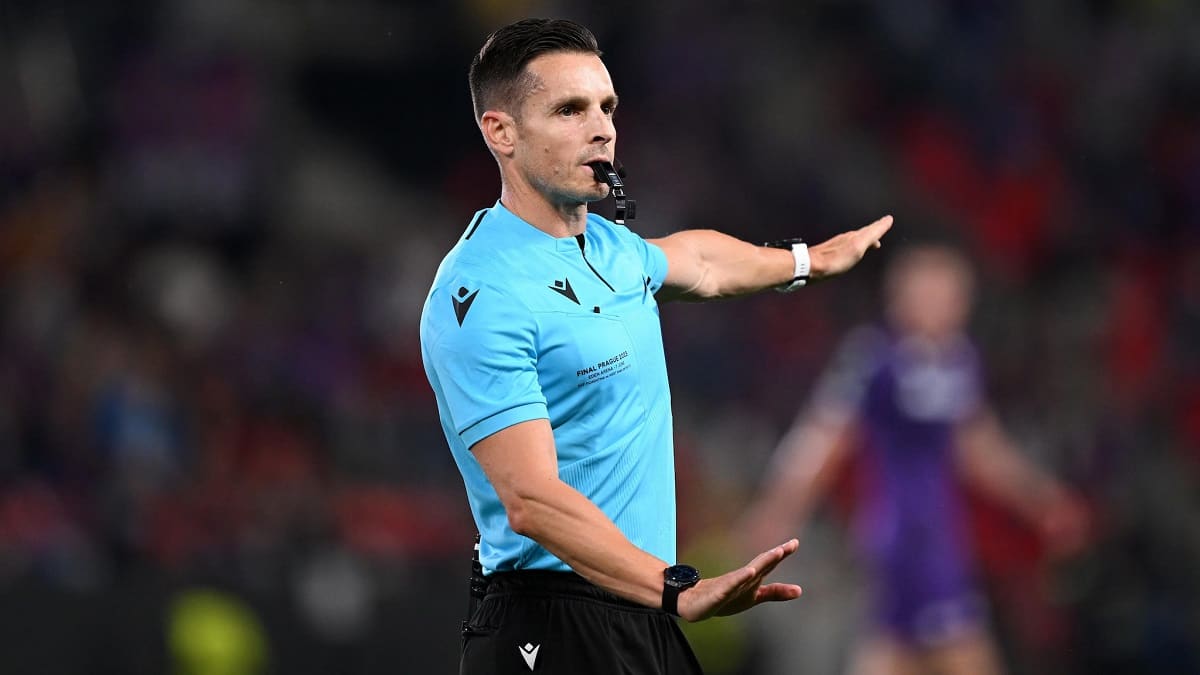10 Most Strange Rules of Football

Step into the fascinating world of football’s quirks, where the rules aren’t always what they seem. From puzzling offside calls to the unpredictable nature of penalty shootouts, football’s rulebook is full of surprises. Even something as basic as a throw-in has its own strange rules. Whether you’re a big fan or just enjoy watching now and then, let’s explore 10 of the weirdest football rules that add a twist to the game we all love.
The “Triple Punishment Rule”
This rule states that if a player commits a foul that denies an opponent a clear goal-scoring opportunity inside the penalty area, they receive a red card, a penalty kick is awarded to the opposing team, and the offending player is suspended for the next match. An example of this rule in action occurred in a high-stakes match when a defender committed a deliberate handball to prevent a certain goal. The player received a red card, a penalty was awarded, and they faced suspension for the following match.
The “Golden Goal Rule”
In some competitions, if a match ends in a draw during extra time, the next team to score a goal is immediately declared the winner. This rule led to a dramatic moment in a major tournament final when, during extra time, a player scored a last-minute goal, securing victory for their team and igniting wild celebrations among their fans.
The “Own Goal Rule”
If a player inadvertently scores a goal against their own team, it counts as a goal for the opposing team. A notable example of this rule occurred when a defender, while attempting to clear the ball, accidentally kicked it into their own net, gifting the opposing team a goal.
The “Back-Pass Rule”
Previously, goalkeepers were allowed to pick up the ball if a teammate deliberately passed it back to them using their feet. However, this rule changed, and now goalkeepers cannot handle a deliberate back-pass. This led to a peculiar situation in a match when a defender passed the ball back to their goalkeeper, who instinctively caught it, resulting in an indirect free-kick for the opposing team from the spot where the goalkeeper touched the ball.
The “Second Yellow Card Rule”
If a player receives a second yellow card in a match, they are automatically shown a red card and sent off. An interesting instance of this rule occurred when a player received their first yellow card for a reckless challenge and then, moments later, received a second yellow card for dissent, leaving their team with only ten players for the remainder of the match.
The “Injury Time Rule”
The referee has the discretion to add extra time at the end of each half to account for stoppages. This rule led to a thrilling moment when a team, trailing by one goal, scored an equalizer during injury time, dramatically altering the outcome of the match.
The “Advantage Rule”
If a player is fouled but their team still has a promising attacking opportunity, the referee can choose to play advantage and allow play to continue. An example of this rule occurred when a player was fouled just outside the penalty area, but the referee allowed play to continue because the fouled team had a clear chance to score. The team capitalized on the advantage and scored a goal.
The “Throw-In Rule”
When the ball goes out of play over the touchline, the opposing team is awarded a throw-in. However, the thrower must have both feet on the ground and keep one foot on or behind the touchline. In a peculiar incident, a player attempting a throw-in lifted one foot off the ground, resulting in the opposing team being awarded possession due to an improper throw-in.
The “Offside Rule”
If an attacking player is nearer to the opponent’s goal line than both the ball and the second-to-last defender at the moment the ball is played to them, they are considered offside. In a bizarre occurrence, an attacking player positioned themselves just behind the second-to-last defender, but as the ball was played, they remained stationary, confusing the defenders who expected them to be called offside.
The “Penalty Kick Rule”
When a player commits a foul inside their own penalty area, the opposing team is awarded a penalty kick. In an unusual twist, a player took a penalty kick but deliberately stopped their run-up just before striking the ball, fooling the goalkeeper who had prematurely dived. The ball barely crossed the goal line, resulting in a successful penalty kick despite the unconventional method.

I’m James Ritter, a sports enthusiast. I’ve played sports since school, and now I enjoy writing about them. My goal is to inspire aspiring athletes through stories of success and determination. I believe anyone can achieve greatness with the right guidance. I aim to make a positive impact on the sports community by sharing stories and insights, connecting my love for sports and writing. Join me on this journey of inspiration for all sports lovers.






